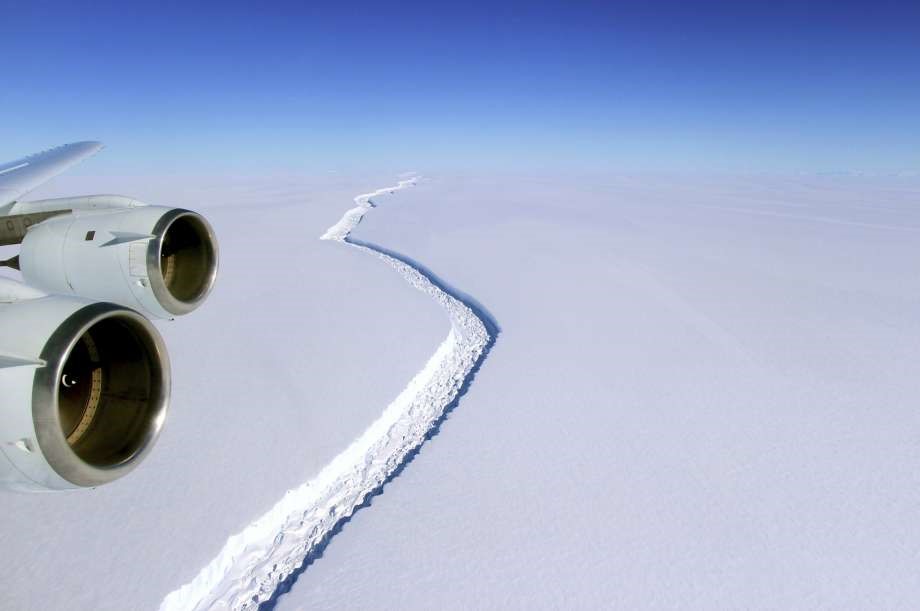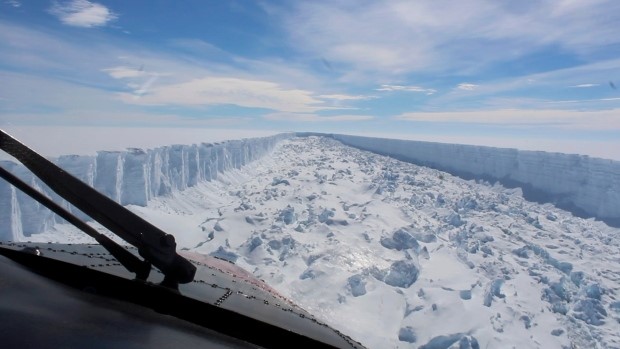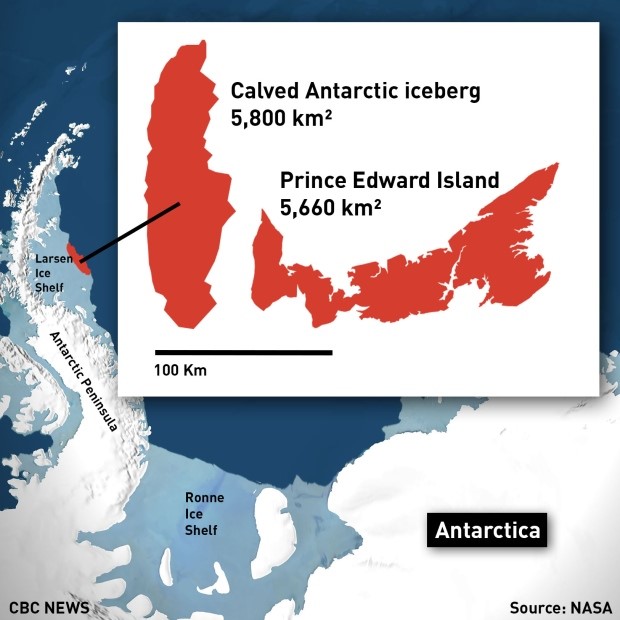IASbaba's Daily Current Affairs Analysis, IASbaba's Daily Current Affairs July 2017, IASbaba's Daily News Analysis, UPSC
IASbaba’s Daily Current Affairs – 15th July 2017
Archives
ENVIRONMENT
TOPIC:
General Studies 1
- Important Geophysical phenomena such as earthquakes, Tsunami, Volcanic activity, cyclone etc., geographical features and their location? changes in critical geographical features (including water?bodies and ice?caps) and in flora and fauna and the effects of such changes
General Studies 3
- Conservation, Environmental pollution and degradation, environmental impact assessment.
- Disaster and disaster management
Giant iceberg splits from Antarctic
Introduction
Arctic and Antarctic are important global regions critical for the existence of the humankind on earth. Antarctica as part of the global commons and Arctic with the rim countries have to protect and conserve the same to avoid large scale disasters the world can face.
Issue:
In recent years, unprecedented rates of glacier melts have been reported both in the Antarctic and the Arctic.
However, news of the massive break (July 13th 2017 event) in the Larsen C ice shelf, and the jagged section that now floats free, has raced around the world. The chunk of ice has been described as twice as big as Luxembourg or Samoa, or about the size of Delaware.
Fig1: A rift in the Antarctic Peninsula’s Larsen C ice shelf broke open and calved a vast iceberg

Link: http://ww3.hdnux.com/photos/62/36/54/13232926/3/920×1240.jpg
Fig2: A vast iceberg, with twice the volume of Lake Erie, has broken off from the Larsen C ice shelf.

- The massive iceberg holds twice as much water used in the United States every year. It weighs about 1.1 trillion tons and measures 2,200 square miles. Its volume is twice that of Lake Erie.
- By mass, the iceberg accounts for 12 percent of the Larsen C Ice Shelf. It’s large enough that maps will have to be redrawn. Larsen C was the fourth-largest ice shelf in the world. Now it’s the fifth. (Find out which is the largest ice shelf in the world)

- The break in the Larsen C ice shelf highlights the vulnerable nature of other Antarctic environments and the impact people are having on the continent.
The dramatic but inevitable calving of a trillion-ton iceberg, raises the question, did a warming atmosphere have a significant impact on the process? Environmental groups connected the event to climate change and the Trump administration’s withdrawal from the Paris climate accords.
IS THIS DUE TO CLIMATE CHANGE?
Scientists from Project MIDAS, a U.K.-based Antarctic research project that has been looking at the ice shelf for many years, have said the formation of icebergs is natural, and no link to human-induced climate change was available in this case.
Still, climate change did impact other icebergs and ice shelf collapses in the region recently. Meltwater ponds formed on the surface of the Larsen B shelf and weakened the ice as they pushed downward, causing it to crack and splinter apart.
Researchers caution that the formation of the Larsen C iceberg does not mean Antarctica is breaking apart, but they also say climate change should not be ruled out.
Impacts:
Antarctica is a climate stabilising factor and the calving of the ice shelf now has opened the path to an even larger flow of ice into the oceans, which over time will result in more sea-level rise, inundating coastal communities.
Researchers in particular are paying attention to the Thwaites Glacier in West Antarctica, which could raise sea levels by 10 feet if it collapses. Antarctica holds about 60 percent of the world’s fresh water, so any pattern of increased melting and calving has profound implications for cities and countries across the world.
Among the stark effects of changes could be a shift in biodiversity: species like emperor penguins which depend on sea ice to complete their life cycle are at risk if ice cover declines. Any dramatic changes will only add to the worry of irreversible effects of climate change, given that the Arctic and Greenland have also been losing ice cover.
Conclusion:
Clearly, the loss of a massive portion of the Larsen C Ice Shelf marks another milestone in the evolution of this remote region. Yet, the lack of long-term data on Antarctica, as opposed to other regions, makes it difficult to arrive at sound conclusions. What is clear is that the last pristine continent should be left well alone, with a minimum of human interference, even as research efforts are intensified to study the impact of human activities in the rest of the world on this wilderness.
Connecting the dots:
- “Antarctica is the major stabilizer of earth’s climate and needs to be well studied and preserved.” Elucidate.
MUST READ
Maximum support, maximum price
Unsurprising verdict
Unmake the rules
No state of exception














